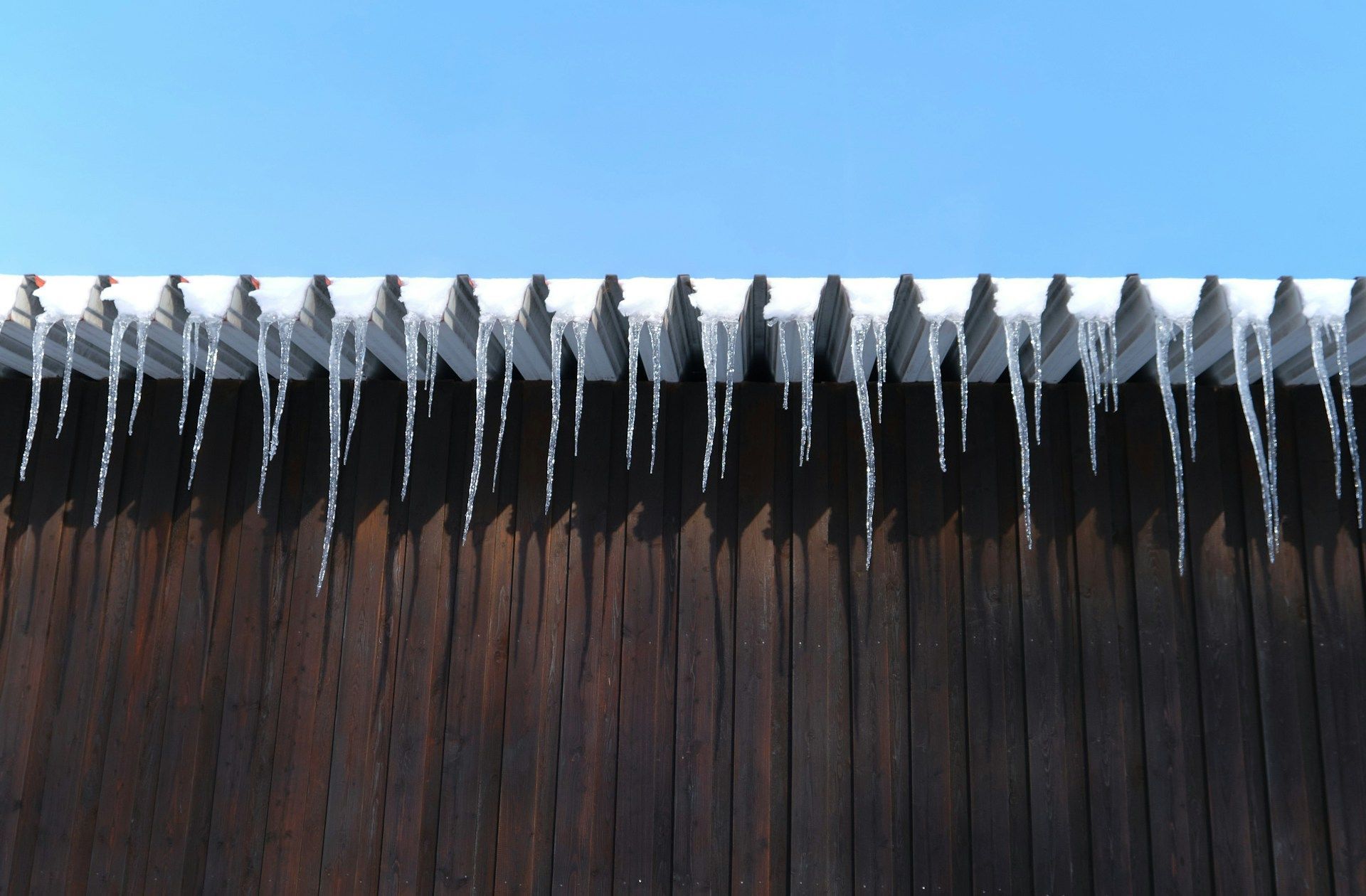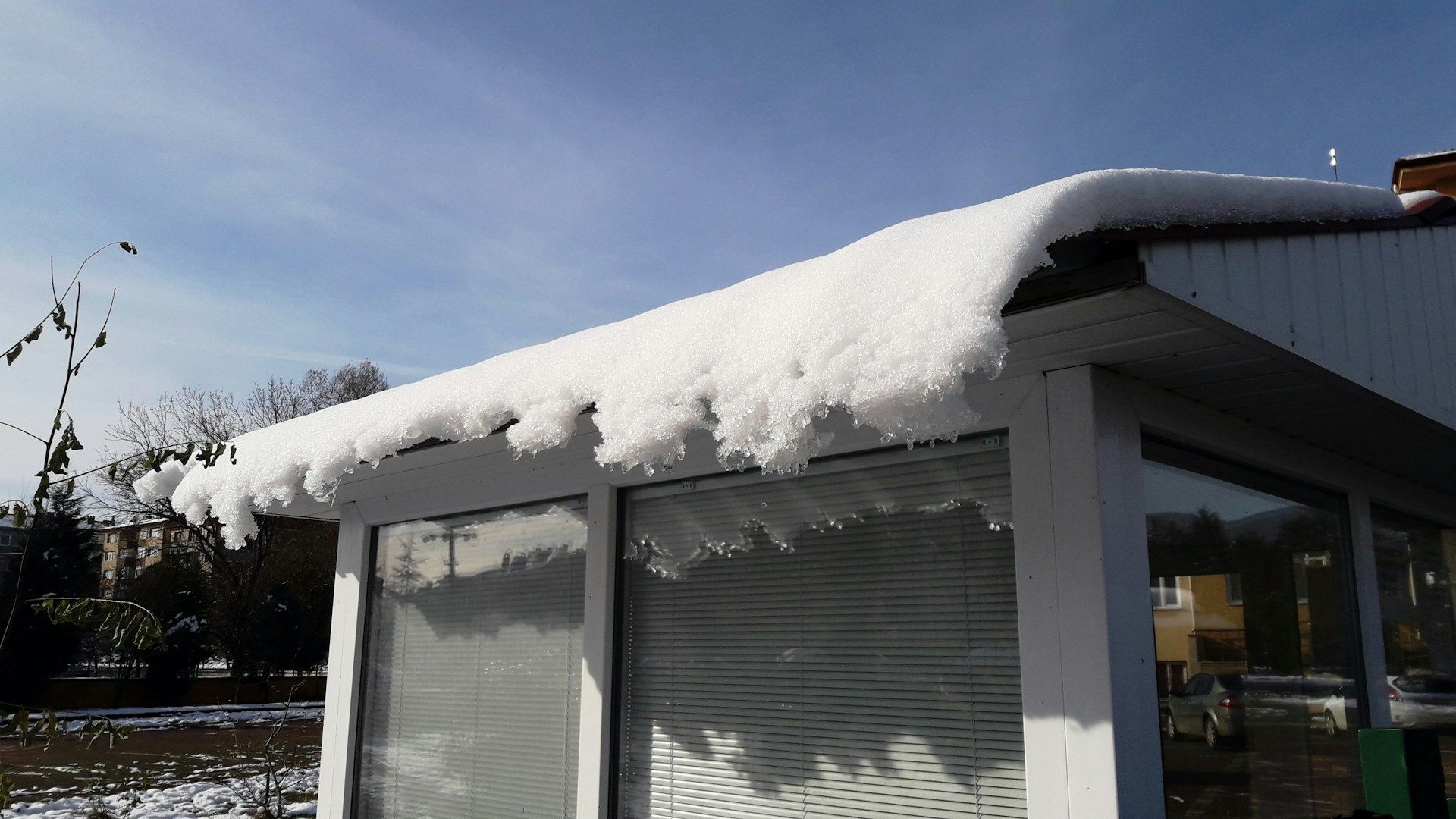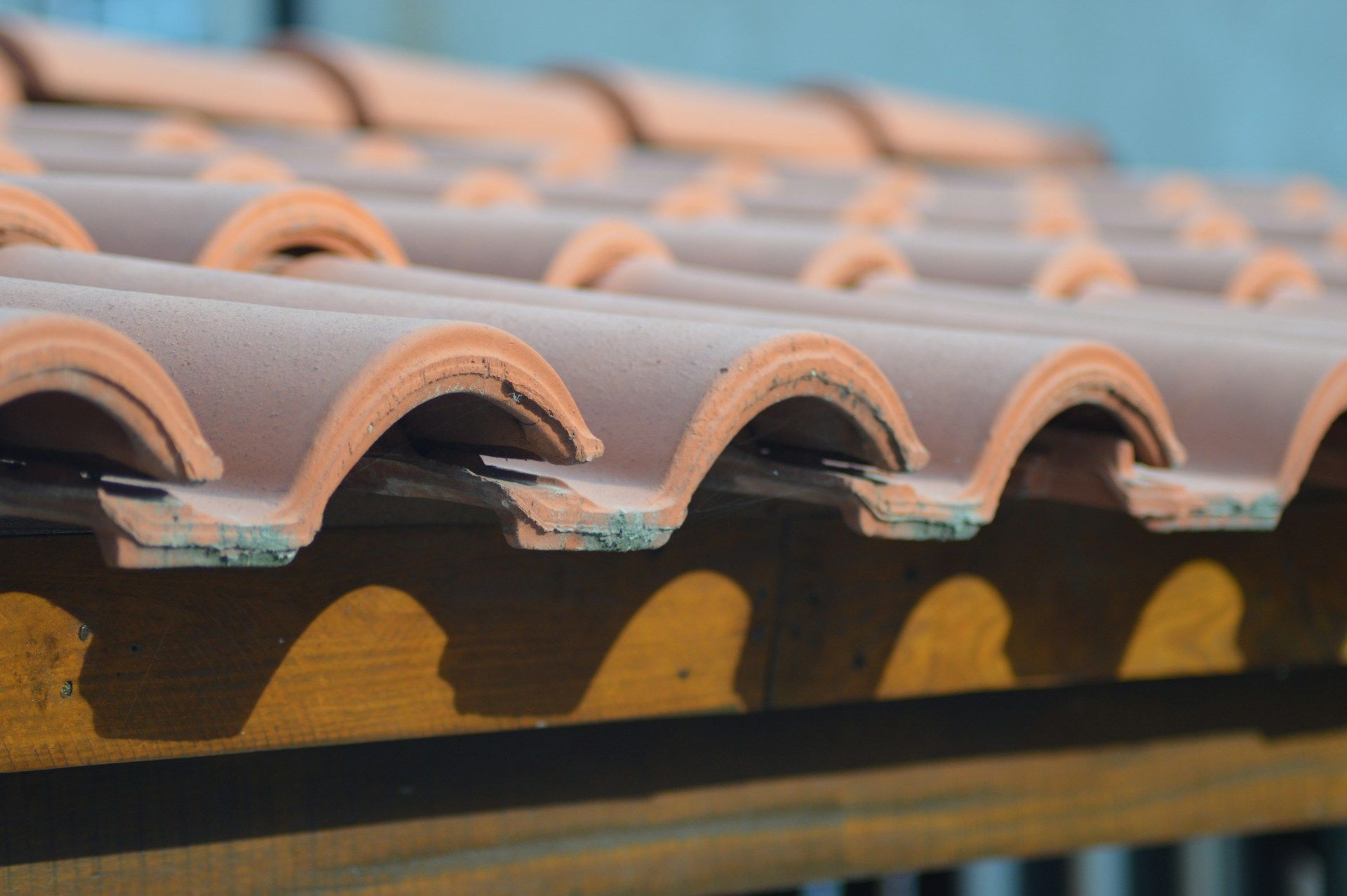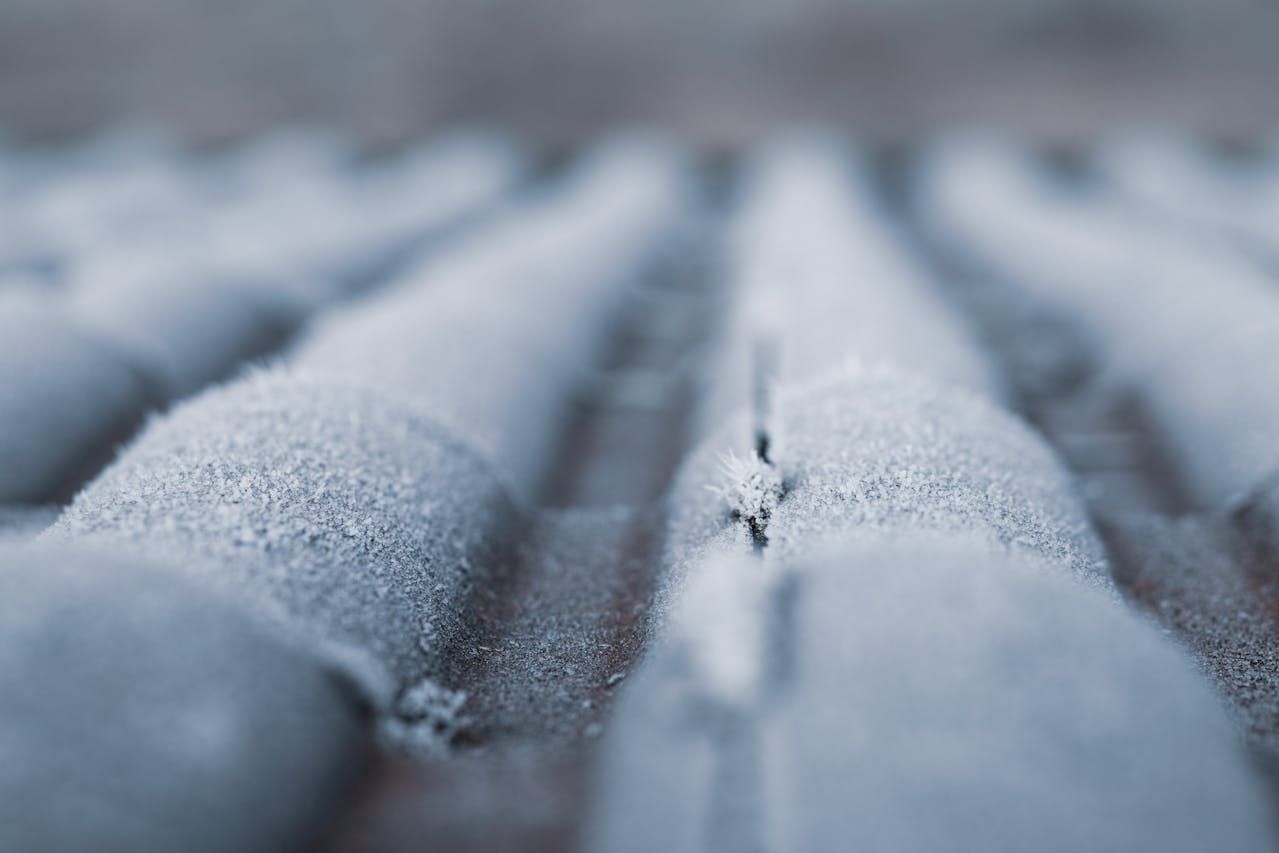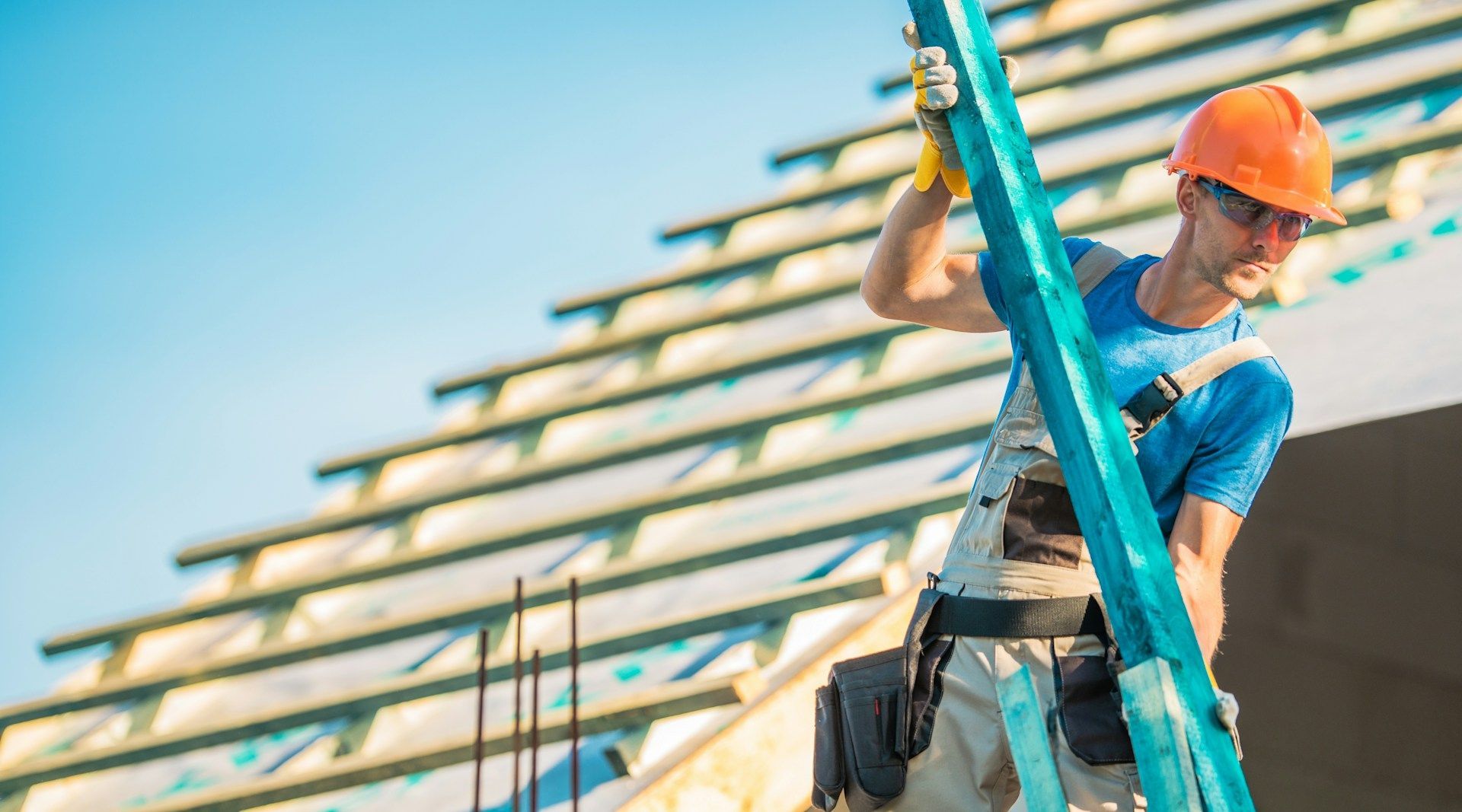Tips for Measuring Your Home for New Vinyl Siding
Getting the right measurements before starting a siding project might not be the most exciting part, but it's definitely one of the most important. If the measurements are even a little off, you could end up with gaps in coverage, waste too much material, or run into unexpected delays all the way through the installation. Measuring properly gives you a more accurate estimate, cuts down on unwanted surprises, and makes sure everything lines up the way it should.
When you're planning the installation of vinyl siding in Chicago, it's also a good idea to think about the time of year. October usually brings cooler temps and less humidity, making it a pretty solid window to prep your home for this kind of project. Whether you're doing the measuring yourself or just want to understand the process better, there are a few key steps that help make sure things start off right. Let’s go through them together.
Gathering The Right Tools
Before you start walking around your home with a notepad, make sure you have the tools that’ll make the job easier and more accurate. The good news is that you don’t need anything fancy. Basic tools will do, as long as you use them the right way.
Here’s what you’ll need:
- Tape measure: A sturdy 25-foot metal one is usually enough for most homes
- Notepad or clipboard: Something to jot down your numbers as you go
- Pencil or marker: You’ll want something that writes clearly without smearing
- Calculator: Helps you do quick math on the spot without pulling out your phone every five minutes
- Ladder: For taller parts of the home, especially if you're doing a full two-story walkthrough
- Camera or phone: Snapping a few photos can help you remember details later
Check all your tools before you begin. A bent tape measure or failing ladder can throw off your results or even be unsafe. Also, consider saving your notes digitally by snapping a picture of each page. That way you won’t misplace anything.
It’s tempting to go fast, but slow is better here. Rushing often leads to forgetting something or measuring the same wall twice thinking it was a different one. Double-check your sketches, label measurements clearly, and take your time to walk around the home in a logical order. Think of it like reading a book: start at the front and move around the house, room by room or wall by wall.
Step-By-Step Guide To Measuring
Once your tools are ready, it’s time to walk the perimeter. A good rule of thumb is to approach this like you’re painting a picture: cover all sides of the house clearly and consistently. Breaking each wall down makes the process feel less overwhelming and helps you stay organized.
1. Measure Wall Widths and Heights
Start with the largest, flattest walls. Measure from one outside corner to the next for width. For height, measure from the base to the underside of the roofline or eaves. Multiply the two numbers to get the total square footage of that wall.
2. Repeat for Each Surface
Your home won’t be made of four equal rectangles, so treat every distinct wall section separately. Make note of ones with different elevations, offsets, or gables.
3. Mark Openings
You’ll need to subtract the surface area of windows, doors, and other features. Measure the height and width of each opening and multiply those numbers. Then, subtract them from the wall's square footage to avoid buying more siding than you need.
4. Include Gables and Odd-Shaped Spaces
For triangular areas like gables, measure the base and height, then multiply them and divide by two. For curved or irregular spots, try to estimate using rectangular or triangular measurements that approximate the shape as closely as possible.
5. Sketch Your Work
A simple outline of your home’s exterior with dimensions written in helps keep your numbers straight. It doesn’t have to be architectural-grade, just neat enough that someone else could follow it if needed.
Taking a little extra time during the measurement phase means fewer headaches once the siding project gets underway. This step sets the tone for the rest of the job and helps prevent the waste of material and time.
Accounting For Extra Material
Once you've set your measurements, you'll want to make sure the numbers reflect what you'll actually need when it comes time for the installation of vinyl siding. This means including wiggle room for things like cutting errors, breakage, and oddly shaped areas. No two homes are the same, so even solid measurements can miss a few spots without some kind of buffer.
The siding you order should cover more than just the measured square footage. That extra bit of material helps account for waste during the project. Siding pieces are often trimmed on-site to fit corners, curves, and other features around the home. If you don’t have a little extra on hand, there’s a good chance you’ll have to put your project on hold just to get more material delivered.
To figure out how much extra to add:
- Multiply the total square footage of your exterior walls, minus windows and doors
- Add on a waste factor, usually around 10 percent, to cover errors and scraps
- Round up to the nearest full carton since siding is often sold in bundles rather than by precise square footage
For homes with lots of peaks, corners, or decorative trim, it’s smart to bump that waste factor a bit higher. Let’s say your wall measurements have you needing about 1,500 square feet. By ordering around 1,650 to 1,700 square feet, you give yourself breathing room without going overboard.
It’s also easier to match siding when it all comes from the same lot. Getting it all at once avoids color differences that might happen between separate orders. That's one detail you won’t notice until it's too late, especially when sunlight hits the panels differently.
Consulting With Professionals
Even with solid planning and good math, measuring for vinyl siding has its challenges. The angles, layered surfaces, and exterior quirks of older homes in Chicago make some measurements tricky. This is where working with experienced professionals saves time and avoids mistakes.
If you’re unsure about your numbers or run into parts of your house that don’t follow a regular shape, get help instead of guessing. It’s pretty common for homes to have an addition or remodel that changed how the siding should be installed. Measuring those areas wrong can throw off your whole order and even create gaps that can't be covered up easily.
Professionals have done it all: tall houses with dormers, wraparound porches that change elevation, garages set at weird angles. They know the common pitfalls, and more importantly, they know how to avoid them. They’ll also know when a custom cut is needed or when extra material should be added for unique edges and overhangs.
You're also saving yourself from doing it all twice. A pro can confirm your measurements and offer advice based on specific siding styles, panel sizes, and layout options. That gives you a clearer picture of costs and ensures a smoother installation process.
Keeping Your Home Protected with Proper Measurements
Getting your home ready for new siding takes more than just picking the right style or color. The entire project depends on how well you measure the exterior and plan for real-world installation needs. Skipping steps or estimating close enough can lead to some painful delays, added costs, or panels that just don’t sit right.
If you're measuring on your own, pay attention to the little details. Track every angle, label your sketches clearly, and triple-check your totals. Don't forget the extra material either. It’s the kind of thing that feels like a waste until it’s the one thing that keeps your job on track.
Taking the time to get this part right sets the stage for everything else. Whether you're working with a contractor or just gathering info for your own understanding, accurate measurements give you a clear edge. Everything looks better, fits tighter, and lasts longer when the project is built on reliable numbers.
To make sure your home project goes smoothly, consider expert help with the
installation of vinyl siding. Region Roofing & Remodeling can handle the tricky parts, providing precise measurements and a seamless fit. For more information on how our services can benefit your project, explore more about our siding solutions.

